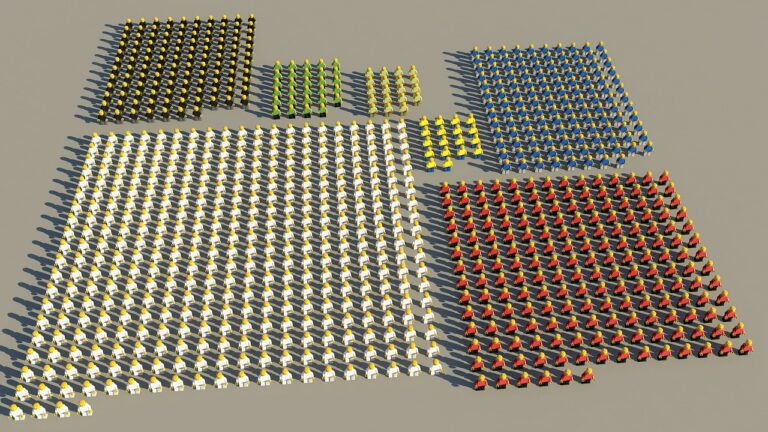Sustainability in Cricket: Examining Carbon Footprints of Gear Production: 11xplay.com login, Lesar 247.com, Tiger 247 login
11xplay.com login, lesar 247.com, tiger 247 login: Cricket is a popular sport enjoyed by millions of fans around the world. From thrilling matches to iconic players, this game has captured the hearts of many. However, as with any industry, cricket has its environmental impact, particularly when it comes to the production of gear. In this article, we will delve into the carbon footprints of gear production in cricket and examine ways in which sustainability can be achieved in this aspect of the sport.
Understanding the carbon footprints of gear production
When it comes to cricket gear production, various factors contribute to carbon footprints. From the manufacturing process to transportation and packaging, each step along the way leaves a mark on the environment. For instance, the production of cricket bats involves cutting down trees, which can lead to deforestation and habitat loss. Additionally, the transportation of gear from factories to retailers adds to the carbon emissions, especially if the products are shipped internationally.
Sustainability initiatives in cricket gear production
Recognizing the environmental impact of gear production, many cricket brands are now focusing on sustainability initiatives. For example, some companies are using sustainable materials such as bamboo or recycled plastics to create cricket bats and other gear. By reducing reliance on traditional materials like wood and plastic, these brands are helping to minimize their carbon footprints and promote eco-friendly practices in the industry.
Furthermore, some companies are also implementing energy-efficient manufacturing processes and reducing waste in their production facilities. By optimizing their operations and adopting sustainable practices, these brands are working towards lowering their environmental impact and contributing to a cleaner, greener future for cricket gear production.
Challenges and opportunities in achieving sustainability
While progress has been made in promoting sustainability in cricket gear production, there are still challenges to overcome. One of the main obstacles is the cost associated with implementing eco-friendly practices. From sourcing sustainable materials to investing in renewable energy, transitioning to sustainable production methods can be expensive for companies.
However, there are also opportunities for innovation and growth in the sustainability space. By embracing new technologies and collaborating with partners in the industry, cricket brands can find cost-effective solutions to reduce their carbon footprints. Moreover, as consumer demand for eco-friendly products continues to rise, companies that prioritize sustainability are likely to attract a growing market of environmentally conscious customers.
FAQs
Q: How can consumers support sustainability in cricket gear production?
A: Consumers can make a difference by choosing products from brands that prioritize sustainability and eco-friendly practices. By opting for gear made from sustainable materials or supporting companies with transparent environmental policies, individuals can contribute to reducing the carbon footprints of gear production in cricket.
Q: Are there any certifications that indicate sustainable cricket gear?
A: Yes, there are certifications such as the Forest Stewardship Council (FSC) for wood products and the Global Recycled Standard (GRS) for recycled materials. By looking for these certifications on cricket gear, consumers can ensure that they are purchasing products that meet certain sustainability criteria.
In conclusion, sustainability in cricket gear production is an important issue that requires attention from both companies and consumers. By adopting eco-friendly practices, minimizing carbon footprints, and promoting transparency in their operations, cricket brands can play a significant role in protecting the environment and ensuring a more sustainable future for the sport.







